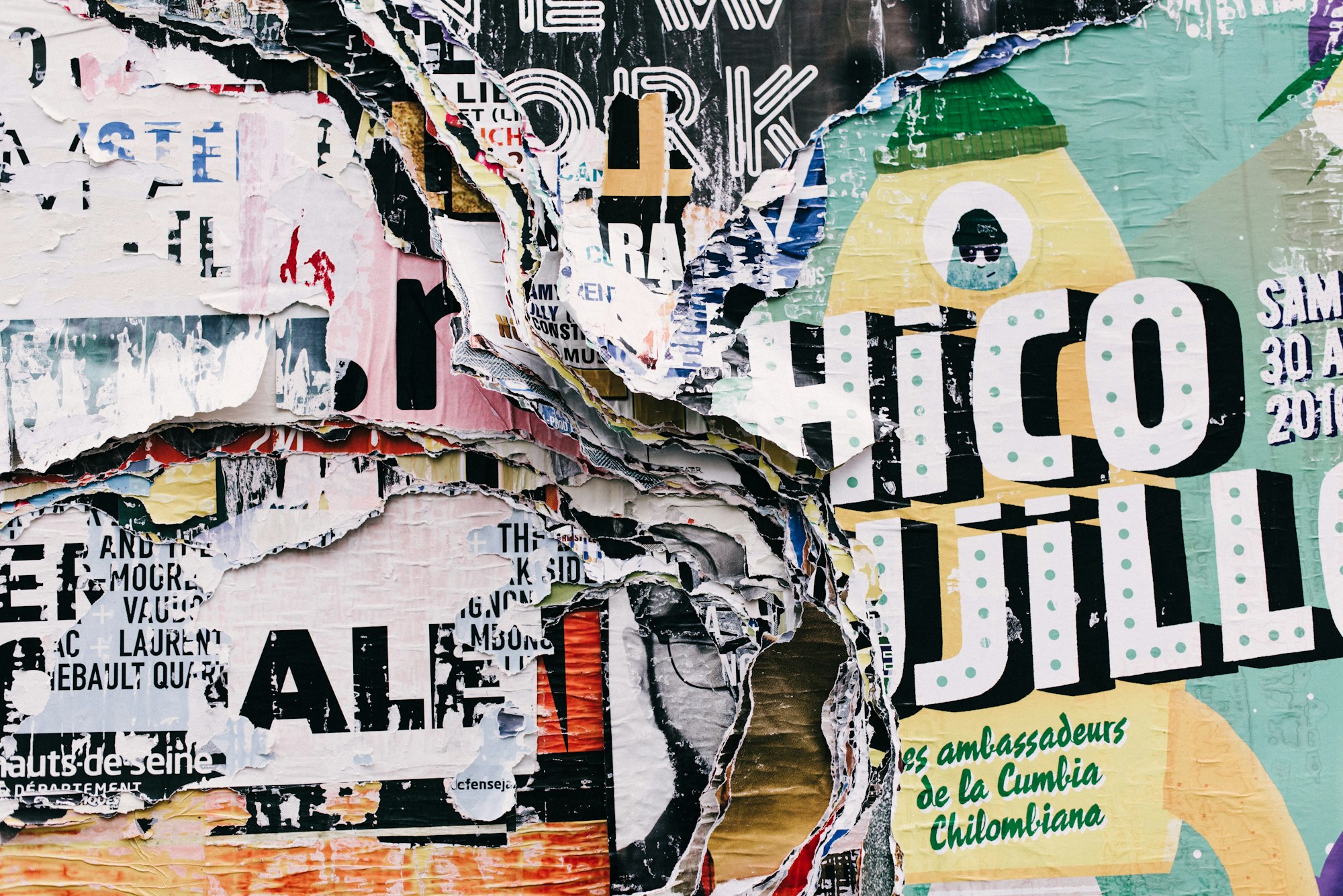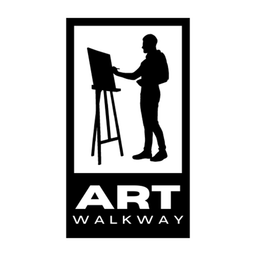The Aesthetic of Control: Why “Artful Living” Isn’t Freedom
Behind the soft glow of calm lies a quiet obedience. “Artful living” doesn’t liberate creativity — it polishes the cage.

Read also: “Art Reflects Society — How Creativity Mirrors Culture.”
Books like Katy Hessel’s How to Live an Artful Life offer a quote for every day of the year, drawing wisdom from figures such as Marina Abramović, Nan Goldin, and Louise Bourgeois. On the surface, it’s a beautiful call to attention — to see the world anew.
Hessel’s intent is generous — to reawaken daily attention — but her book also reveals how easily the language of art becomes a wellness script: each reflection another prompt to breathe, to declutter, to manage the self aesthetically.
The new gospel of “artful living” looks harmless—artists preaching tea, tidiness, and rest. But beneath the linen-wrapped calm sits something sharper: a moral rebranding of control.
It sounds spiritual, even revolutionary. In truth, it mirrors a culture that wants our anxiety neatly arranged, our rebellion tastefully curated. The idea that your mess can be solved by rearranging your brushes or drinking rosemary water is comforting because it’s non-political. It turns creative struggle into lifestyle management.
“The idea that your mess can be solved by rearranging your brushes or drinking rosemary water is comforting because it’s non-political.”
Art used to be a confrontation—an existential act that tore at the world’s seams. Now it’s being sold back as therapy. When Alvaro Barrington says he doesn’t believe in productivity, it sounds radical; but even that rebellion is absorbed by the market that packages “non-productivity” as a brand. The system doesn’t care whether you hustle or meditate, as long as it can turn both into content.
Philosophically, this is the final twist of aesthetic capitalism: the idea that life itself must look meaningful, even when it’s hollowed out. Heidegger called it “idle talk”—when words about Being replace the real experience of it. Here, “artful living” performs the same trick. It replaces the raw, trembling encounter with art’s uncertainty with the polished ritual of appearing creative.
Tea instead of tension. Calm instead of chaos.
There’s nothing wrong with order—but when it becomes a creed, it anesthetizes us. The artists who once taught us to endure discomfort are now teaching us to decorate it.
Real art—and real life—don’t want to be tidy. They want to be awake.
© ART Walkway 2025. All Rights Reserved







